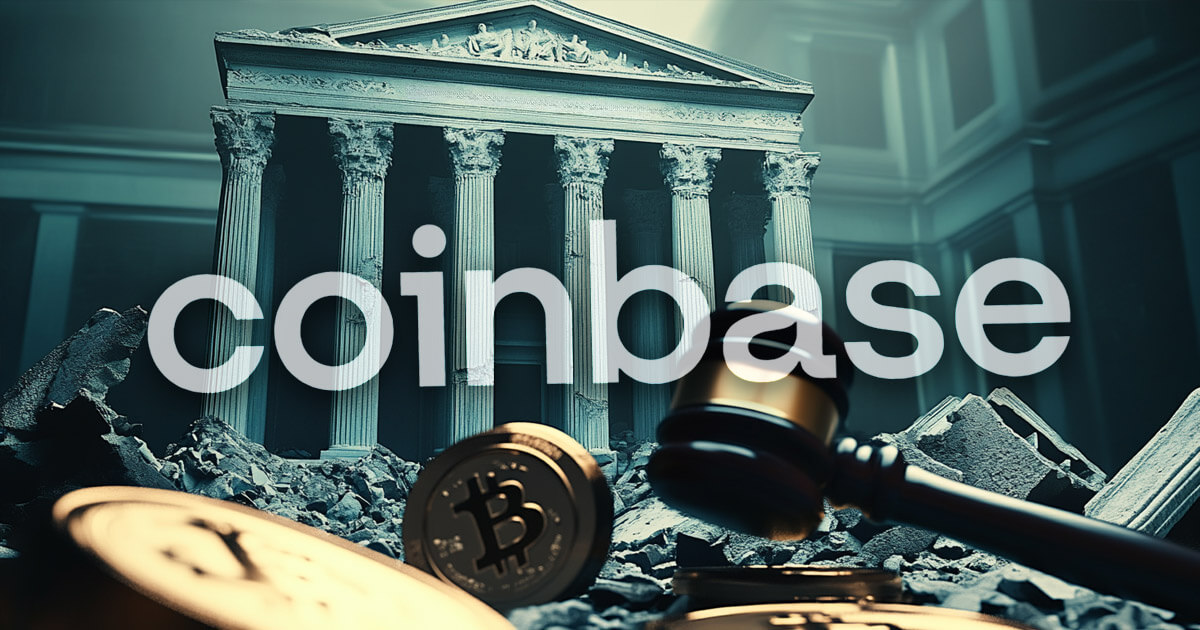 Compliant digital assets are winning the long game in crypto Abbigale Kadar · 5 seconds ago · 3 min read
Compliant digital assets are winning the long game in crypto Abbigale Kadar · 5 seconds ago · 3 min read
Financial institutions and tech providers unite to champion regulatory clarity, capital efficiency, and investor protection in the evolving digital asset ecosystem.

Cover art/illustration via CryptoSlate. Image includes combined content which may include AI-generated content.
The following is a guest post and opinion by Abbigale Kadar, Senior Digital Marketing Specialist of Polymath.
For years, the crypto industry has operated in a regulatory gray zone—resulting in market manipulation, scams, and widespread mistrust. But that landscape is changing. Around the world, governments are rolling out clearer regulations that legitimize the space, standardize practices, and attract institutional capital.
As regulated digital asset products gain traction, we’re seeing a significant shift in how the market perceives crypto. Financial institutions and technology providers are aligning around shared goals: regulatory clarity, capital efficiency, and investor protection. Together, they are laying the foundation for a secure, compliant, and scalable digital asset ecosystem.
Rebuilding Trust in the Digital Asset Space
Crypto’s trust deficit is no secret. Fueled by high-profile failures and limited oversight, public skepticism has grown. A Pew Research study found that 63% of Americans have “little to no confidence” in crypto, viewing it as risky and unreliable.
The stats support that perception: in 2024, fraud in the crypto sector rose 24% year over year, nearing $10 billion—exacerbated by AI-driven scams. To shift this narrative, the industry must take meaningful steps to rebuild trust and confidence.
The most effective way to do that? Regulation. Strong regulatory frameworks signal legitimacy and offer clear rules around investor protections, oversight mechanisms, and fraud prevention. These include licensing and registration requirements, Know Your Customer (KYC) and Anti-Money Laundering (AML) compliance, consumer protection mandates, and robust monitoring tools.
Around the world, regulators are creating token classification frameworks that establish what constitutes a security, utility, or e-money token. For example, the UK Financial Conduct Authority (FCA) distinguishes between regulated assets (like security and e-money tokens) and unregulated ones (like exchange and utility tokens). In the U.S., the Securities and Exchange Commission (SEC) enforces similar oversight through tailored policies and enforcement actions.
One major gap historically has been KYC-AML compliance. Despite blockchain’s transparent nature, many crypto platforms have avoided these standards in the name of privacy. Ironically, this has made users more vulnerable. Today, that’s changing. Leading companies are now integrating KYC-AML protocols—automated and privacy-preserving—to facilitate safer transactions and cross-border compliance.
Why the Market Is Choosing Compliance
The launch of regulated Bitcoin and Ethereum exchange-traded products (ETPs) in 2024 marked a turning point. These products brought much-needed credibility to the space, with crypto ETPs now boasting over $106 billion in assets under management—even amidst market turbulence.
Retail investors have embraced this shift: they now hold 80% of Bitcoin ETFs, while institutional investors continue to grow their exposure through secure, regulated channels.
The benefits are clear. Regulated platforms offer stronger liquidity, capital efficiency, and protection. Over the past year, compliant platforms saw a 156% return—far outperforming their unregulated counterparts, which remain exposed to systemic risk.
Case in point: JPMorgan, operating under strict regulatory oversight, has built a permissioned crypto platform that limits access to verified users. Despite these guardrails, its daily transaction volume has soared to $2 billion—up 127% year over year.
Meanwhile, firms like Ripple are designing digital assets with compliance built in. Ripple’s recent stablecoin launch was structured under New York’s Limited Purpose Trust Company framework—making regulatory adherence seamless and scalable from day one.
On the policy front, regulators are beginning to remove outdated barriers. The SEC’s rollback of Staff Accounting Bulletin 121 (SAB 121)—which forced banks to list customer crypto as a liability—will allow institutions to custody crypto assets more effectively. Under the new SAB 122 guidance, banks can rely on traditional accounting standards like FASB ASC 450-20 to assess risks more accurately.
The Future of Finance Is Compliant and Crypto-Native
As countries continue adopting digital asset regulations, compliant products are gaining favor across both retail and institutional markets. These frameworks are enabling lawful transactions, curbing illicit activity, and supporting financial system stability.
Just as importantly, blockchain-native compliance solutions are evolving. These tools offer programmable, automated safeguards that eliminate fraud risks while preserving user confidentiality—without relying on intrusive surveillance practices.
The winning formula? Combining web3-native innovation with future-forward regulatory frameworks. This synergy will help the industry navigate volatility, win back investor trust, and unlock a more inclusive and resilient financial future.



















































